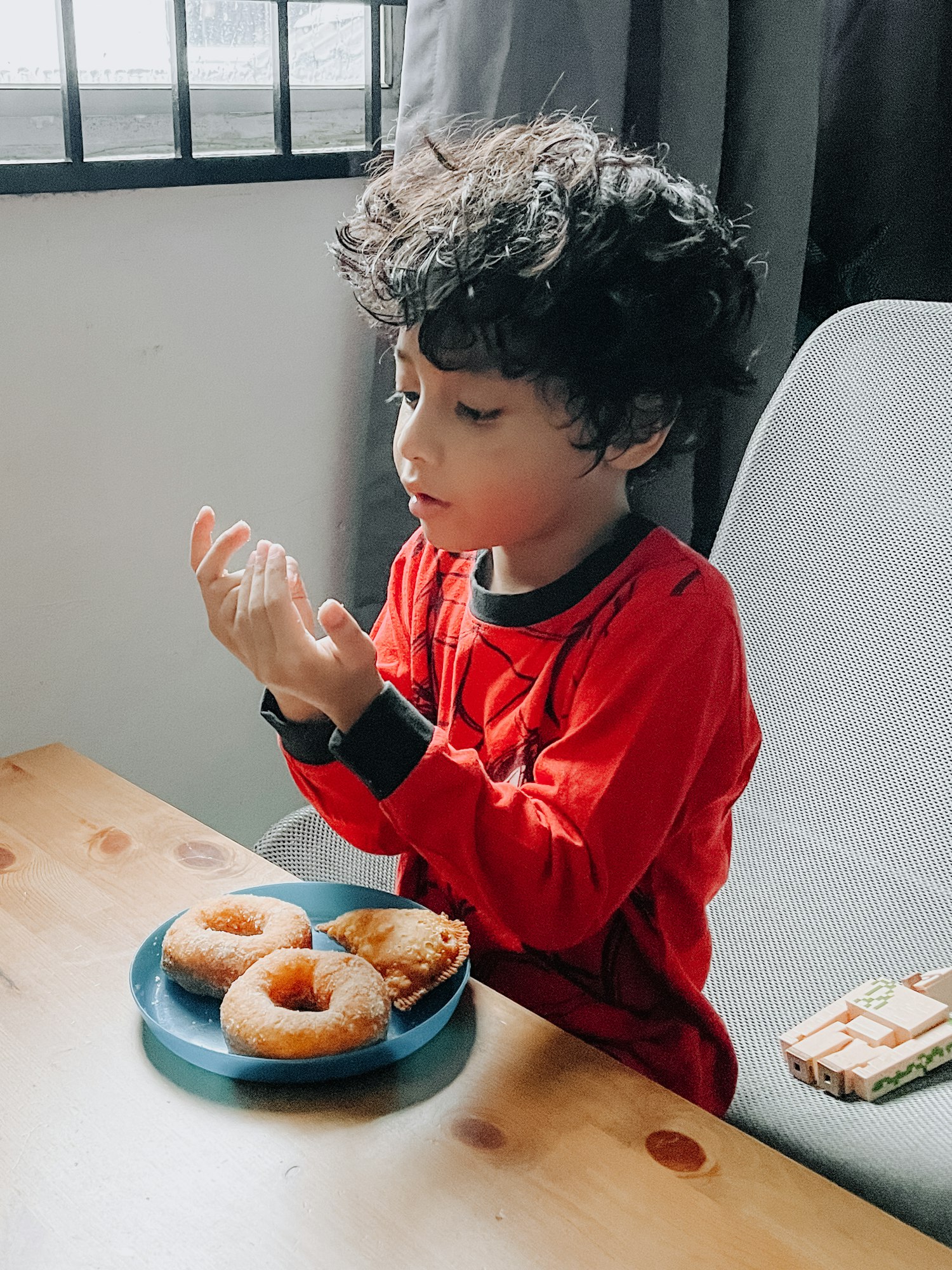
Salah, or prayer, is one of the five pillars of Islam, and it forms the foundation of a Muslim’s relationship with Allah (SWT). For Muslim parents, instilling the importance of prayer in their children is a critical part of their upbringing. However, teaching children to love and regularly perform Salah can be challenging, especially in environments where Islamic practices might not be the norm.
Here are some practical tips for helping your child develop a lifelong love for Salah, rooted in Islamic teachings and enriched with family activities.
Children learn by observing their parents, so the best way to teach them about Salah is to demonstrate its significance through your own actions. Perform your prayers regularly and let your child see you doing so with joy and dedication. When children observe their parents treating Salah as a priority, they will naturally begin to understand its importance.
The Prophet Muhammad (PBUH) emphasized the importance of starting young:
“Instruct your children to pray when they are seven years old, and discipline them for it at the age of ten.” (Abu Dawood)
Start introducing your child to prayer gradually by the age of seven, allowing them to practice alongside you without pressure. This helps build familiarity and interest from an early age.

Make Salah a special and peaceful moment in your home by creating a designated prayer space. You can decorate it with a beautiful prayer mat, a small shelf for the Quran, and some Islamic decorations. Having a dedicated space for prayer will make the experience more inviting for children.
You could also incorporate little incentives, such as allowing your child to choose their own prayer mat or wear a special outfit for Salah. These small gestures can help make the practice more engaging for younger kids.
Children are naturally curious and may ask why we pray. It’s essential to explain the meaning of Salah in terms they can understand. You can describe prayer as a way to talk to Allah, thank Him for all His blessings, and seek His help when we need it. Relating Salah to their everyday experiences helps them grasp its significance.
For example, when something good happens in their life, remind them that we offer thanks to Allah in our prayers. If they are worried or anxious about something, tell them that Salah is a time to ask Allah for guidance and comfort.
Children love stories, and the life of the Prophet Muhammad (PBUH) is full of inspiring examples that can help them understand the beauty of Salah. Narrating stories about how the Prophet (PBUH) valued prayer, even in challenging times, can leave a lasting impression on young minds.
You can share stories like the night journey of Isra and Mi’raj, where the Prophet (PBUH) received the command to establish Salah. Explain how Allah gifted Muslims with prayer as a means to connect with Him and receive blessings. These stories not only instill a love for Salah but also teach children about the Prophet’s (PBUH) dedication and love for Allah.

One of the best ways to encourage young children to pray is to make it a family event. Gather the family for Salah, especially during times like Fajr or Maghrib. Seeing the whole family come together to worship can create a positive association with prayer.
After completing the prayer, you can take a few minutes to discuss something uplifting, like a verse from the Quran or a story from the life of a Prophet. Keep it light and age-appropriate, but make it a moment to bond and reflect as a family.
Positive reinforcement can be a powerful tool in nurturing good habits. Praise your children when they join you in prayer, and celebrate their small successes. Avoid being harsh or overly critical if they struggle to pray consistently—this could lead to resentment or negativity toward Salah.
Instead, gently remind them of the benefits of prayer, such as gaining Allah’s love, feeling peace and calm, and earning rewards in Jannah. Reinforce the idea that Salah is not just a responsibility but also a gift from Allah, designed to help us in this life and the Hereafter.
Motivate your children by explaining the immense rewards and benefits of praying regularly. Teach them about the blessings of praying on time, as stated in the Quran:
“Indeed, prayer has been decreed upon the believers a decree of specified times.” (Surah An-Nisa, 4:103)
Additionally, let them know about the spiritual and physical benefits of prayer, such as developing discipline, connecting with Allah, and attaining tranquility. Highlight the Hadith where the Prophet Muhammad (PBUH) said:
“The first thing a person will be questioned about on the Day of Judgment is prayer. If it is sound, the rest of his deeds will be sound.” (At-Tirmidhi)
By emphasizing the rewards and making Salah something positive to look forward to, children will begin to appreciate its significance.

Teaching children to love Salah requires patience, consistency, and compassion. It’s normal for children to lose interest or forget at times, and as parents, it’s important to remain encouraging rather than punitive. Focus on building the habit over time, and trust that with regular practice, they will develop a natural inclination toward prayer.
Instilling a love for Salah in your children is a lifelong investment that will benefit them in this world and the next. By starting early, leading by example, and fostering a positive, joyful attitude toward prayer, you can help your child build a lasting connection with Allah. Remember, it’s not just about the routine—it’s about creating a deep, personal relationship with their Creator, one that will carry them through all stages of life.